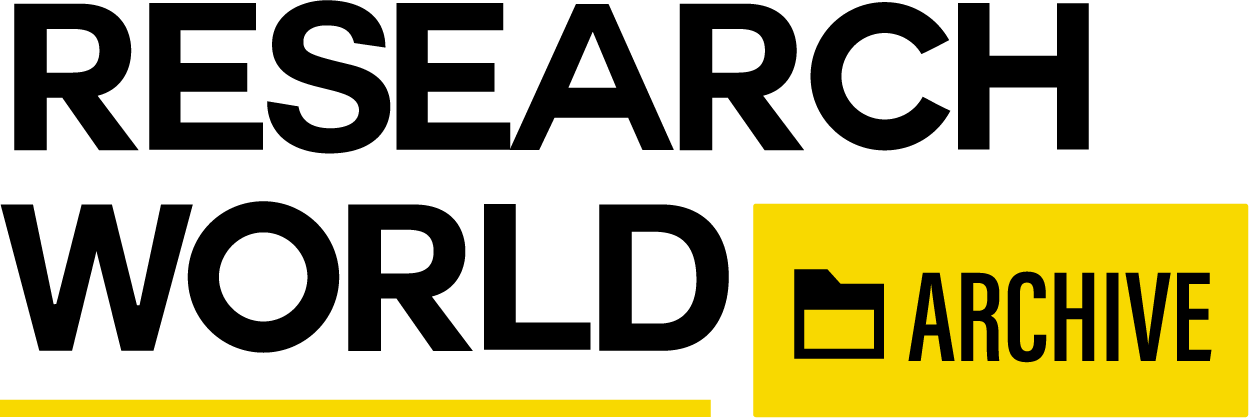Lisa Fuchs
We subscribe to the theory that “everyone is creative.” Creativity is evident in everyone’s lives, as they solve problems and navigate change.
We hypothesised whether there are certain creative strategies that are best suited to adapting and creating new products and services in the online group market research setting. Specifically, we wanted to know:
- When is it best to use an open ideation strategy (all participants see each new idea as it is posted, whether they add their own idea or not) vs. a masked ideation strategy (participants must post their own idea before seeing others’ ideas)?
- How do we determine in what ways these two strategies are related to fostering participation in the challenge depending on each individual’s creativity?
Research within cognitive and social psychology posits a theory of “Creative Diversity,” describing innate principles of creativity:
- All people are creative
- Creativity is diverse
- Creative diversity is described by four key variables (creative level, creative style, motive, and opportunity).
- There is no ideal type of creativity (Jablokow, n.d., Kirton 2011).
Are there certain conditions that we as marketers can create that foster this creativity? For example, can we appeal to different creativity styles for different phases of co-creation, or motivate participants in a way that dictates perceived opportunity?
We obtained a rough measure of creative style for each participant based on Jablokow and Kirton’s work, and explored the literature to understand what situations favor group collaboration versus independent thinking.
Next, we considered how we might balance the value of individual contributions with the value of group interactions. Keith Sawyer, professor at Washington University and author of many books about creativity and innovation, writes that “Collaboration is the secret to breakthrough creativity” (Sawyer 2007).
However, research shows that group persuasion can push participants to adopt a new point of view which may not be a genuine expression of their beliefs. Group dynamics can also silence individuals who fear rejection, or prefer to voice their ideas one-on-one. Further, groups can engender the “freeloader effect,” where many allow a few to do the work (Cain 2012).
Alumni Leadership Challenge Case Study
To test our hypotheses, in April 2014, KL Communications and Columbia University conducted a co-creation challenge among a group of alumni who are active volunteers on behalf of the university. Alumni were divided into two groups with similar demographic and creative profiles. Each group tackled the same creative challenge to generate ideas for motivating alumni to engage in leadership roles. However, one group was initially assigned to a forum where idea generation was open, and the other to a masked forum. In both groups, once ideas were visible to all, the process was identical.
Among participants, the levels of voting, liking and commenting were similar in both masked and open methodologies. The one difference in participation behavior between masked and open ideation was that significantly more volunteers posted an idea in masked (n=63) than open (n=47).
Our original theory was that a masked setting might depress the number of ideas posted, as participants might want to know what others posted before expressing their own thoughts. However, in this case the reverse was true.
One reason for this could be that open posters were waiting to see what other ideas were presented before posting their own, while masked participants had no idea what else was posted, thus removing any incentive to hold back.
Additionally, idea posting could have been lower in the open forum because seeing all the ideas already posted might have caused participants to conclude that enough contributions had been made, or other ideas already reflected what s/he had in mind. For example, one open participant commented: “I agree with most of the comments and don’t have too much to add.”
Still, some felt the posted ideas sparked new insights. For example, one participant acknowledged that she saw a theme throughout many ideas, and offered her own twist: “Most ideas seem to focus on contact with students and “mentoring” opportunities… I would like to suggest that another area of potential focus is faculty contact…”
Another difference we wanted to explore between masked and open ideation was the possibility of “groupthink”, wherein the types of ideas posted might become “me too” expressions. In a follow-up survey, over half of open participants (56%) agreed that they read others’ ideas prior to posting their own, while only 23% posted their idea first, which set the stage for some degree of groupthink within the open setting.
Furthermore, we wanted to understand if the environment we created within each challenge was more conducive to one creative style or another, and if so, how we could foster creativity across the creative style continuum. Using Jablowski’s creative style estimator, we classified all screened volunteers across the creative continuum, as having either an Adaptive creative style, or an Innovative creative style. Overall, 65% of volunteers screened fell into the Adaptive category, while 35% were Innovatives.
We found that volunteers of both creative styles were equally likely to participate in the challenges, and had similar voting patterns. Also, when looking at the number and types of ideas generated by participants with different creative styles, the frequency of ideation was similar within both the masked and open environments. Overall, we found no significant differences in challenge participation by creative style.
Conclusions
Based on our case study, we have identified key elements to foster creativity and encourage participation, and help us garner more robust ideas during co-creation challenges.
- A masked ideation setting within a co-creation challenge is the preferred methodology to facilitate independent thinking and possibly more productivity; however, there are situations when an open setting may be more appropriate. Some participants need a nudge or feel shy posting their ideas. We find that opening the forum after a few ideas are posted encourages participation.
- We found that creative style has no bearing on a participant’s engagement level in a co-creation challenge.
- However, we have found that the remaining variables of the principles describing creative diversity can be manipulated in order to encourage participation in a co-creation challenge:
- We can employ different methods to motivate people of different creative styles and levels to participate, whether by posting ideas or by collaborating on ideas posted by others.
- Opportunity is born from motivation, so by engaging participants in a challenge, we create the opportunity for them to ideate and collaborate. A person who is motivated to participate in a challenge—because of affinity for the brand/institution, interest in the subject, desire to earn an incentive, or another reason—will find the time to participate.
- By laying out clear expectations for each challenge, we can foster participants’ creativity, where they can collaborate to generate strong, viable ideas.
Lisa Fuchs is the director of community research for KL Communications
Cain, Susan. “The Rise of Groupthink.” The New York Times (January 13, 2012). http://www.nytimes.com/2012/01/15/opinion/sunday/the-rise-of-the-new-groupthink.html.
Jablokow, Kathryn. “Creative Diversity.” http://www.kathrynjablokow.com/creative-diversity/
Kirton, M.J. 2011. Adaption-Innovation in the Context of Diversity and Change. London: Routledge.
Sawyer, Keith. Group Genius: The Creative Power of Collaboration. New York: Basic Books, 2007.


